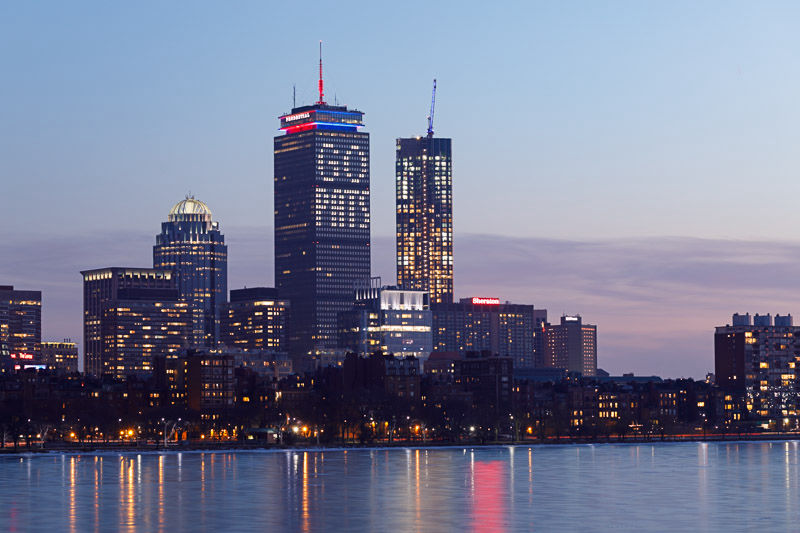
Before
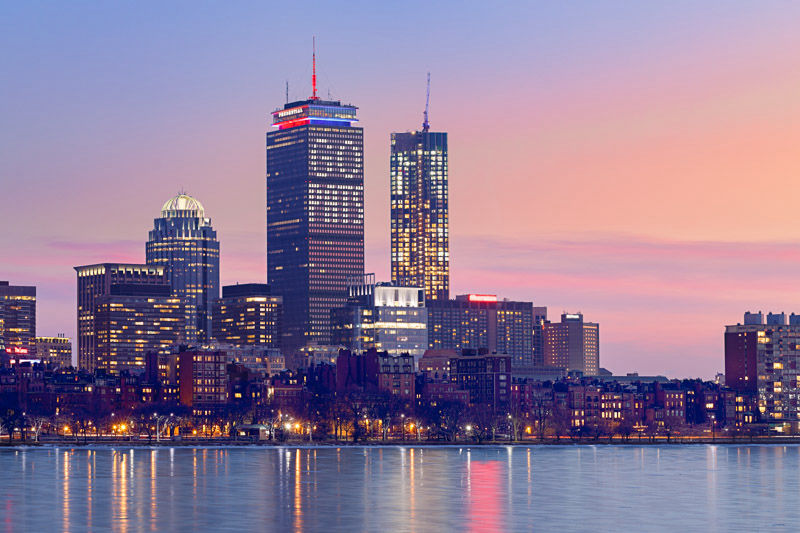
Most digital cameras provide the photographer with a choice of capturing either JPEG format or RAW format. If JPEG, the camera attempts to refine the image data into a beautiful photograph. This processing is truly amazing but can sometimes produce a less-than-perfect result. Subsequently correcting a less-than-perfect JPEG may be impossible because the JPEG has been compressed down to 8-bits per color channel, discarding some image information from the image sensor. For that reason, I always capture images in RAW mode.
The problem with RAW format is that the photographer assumes responsibility for post-processing to achieve a beautiful photograph. This is part of being a photographer – after the image is captured in the camera, the photographer’s work is not yet done.
Then there are special circumstances that call for capturing multiple images and then blending them together. In the first example here (Boston skyline), the sky is from a capture just after sunset and the rest of the image was captured thirty minutes later. The next two examples involve a visual obstruction where I moved my feet and camera to a slightly different location in order to capture information located behind the obstruction; in subsequent post-processing, I removed the obstruction and replaced it with the information that was obscured directly behind it.
Here are a few examples.


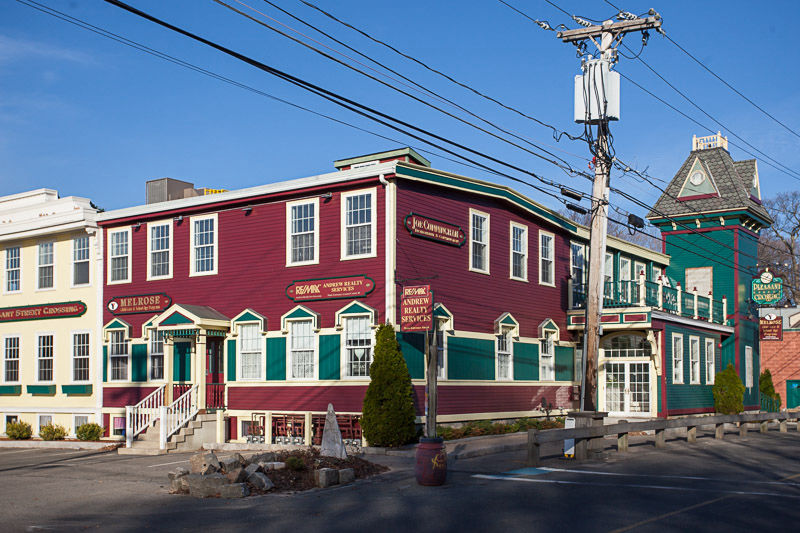
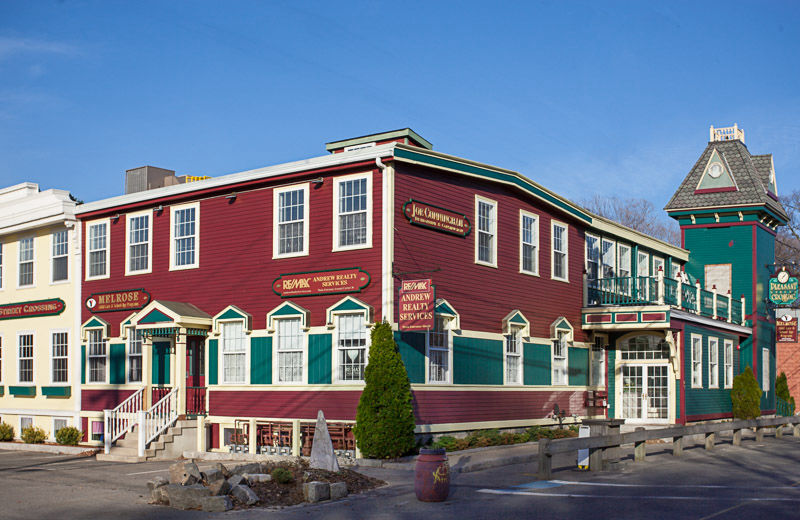
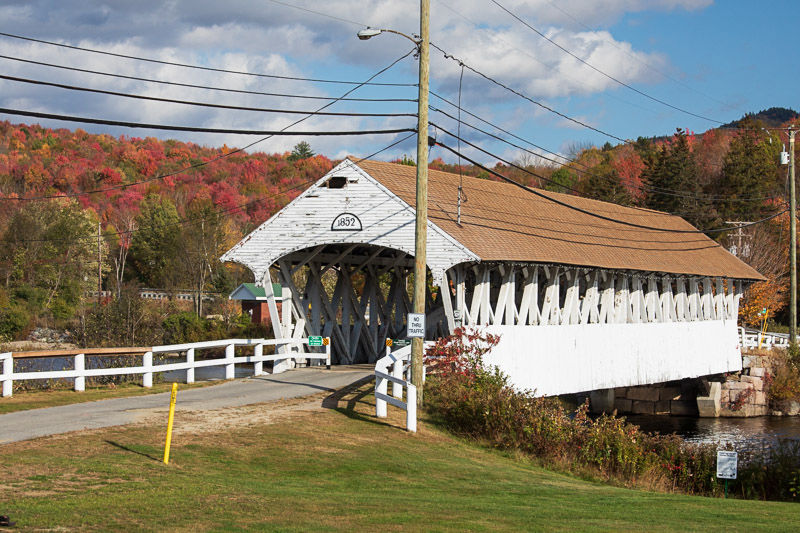
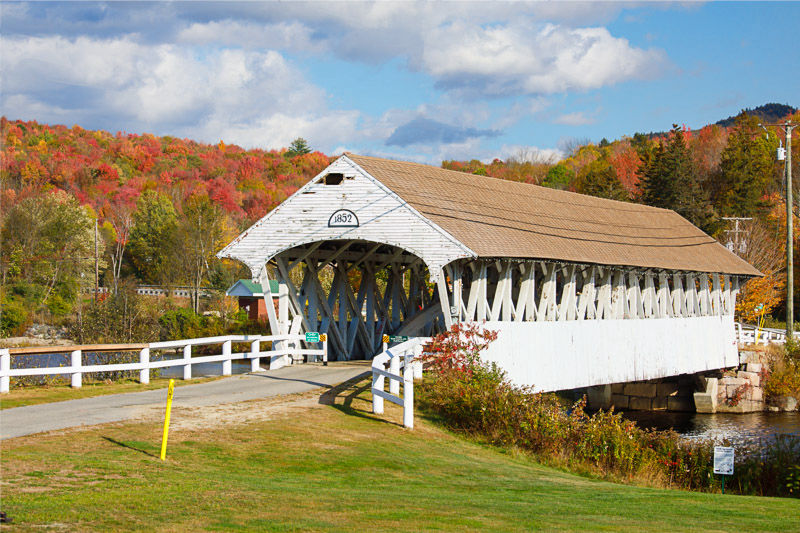
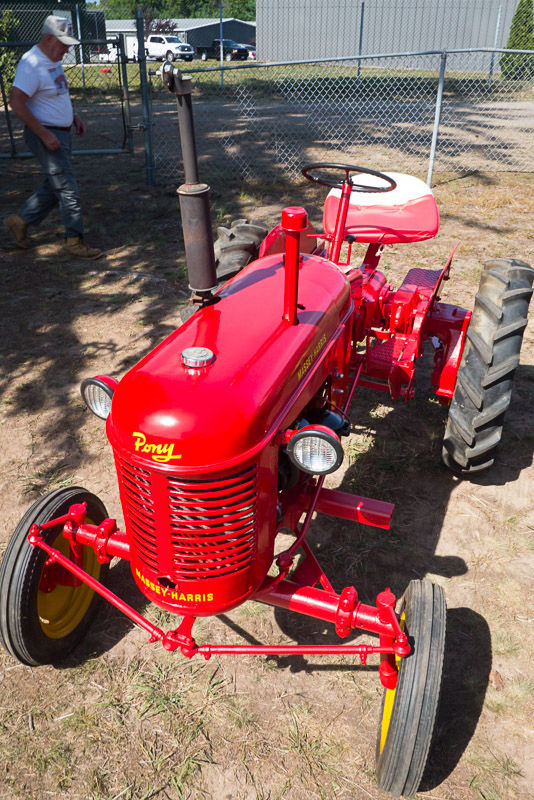
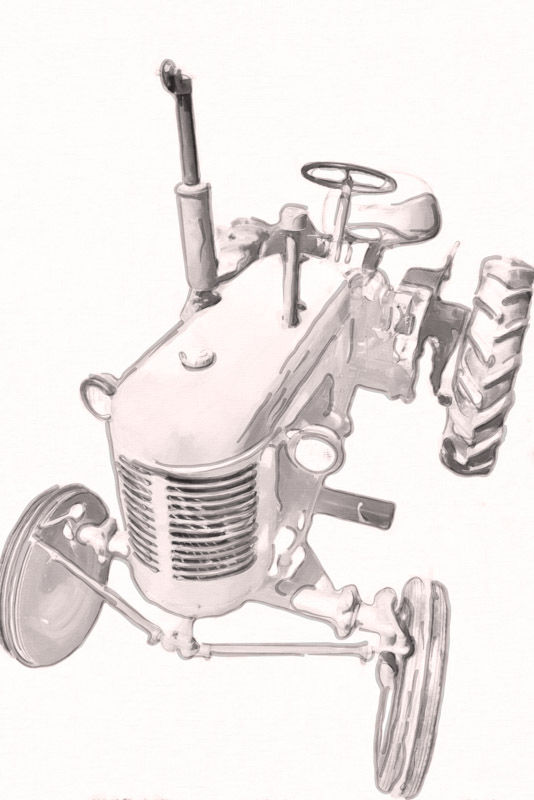
IN PURSUIT OF VISUAL IMAGERY